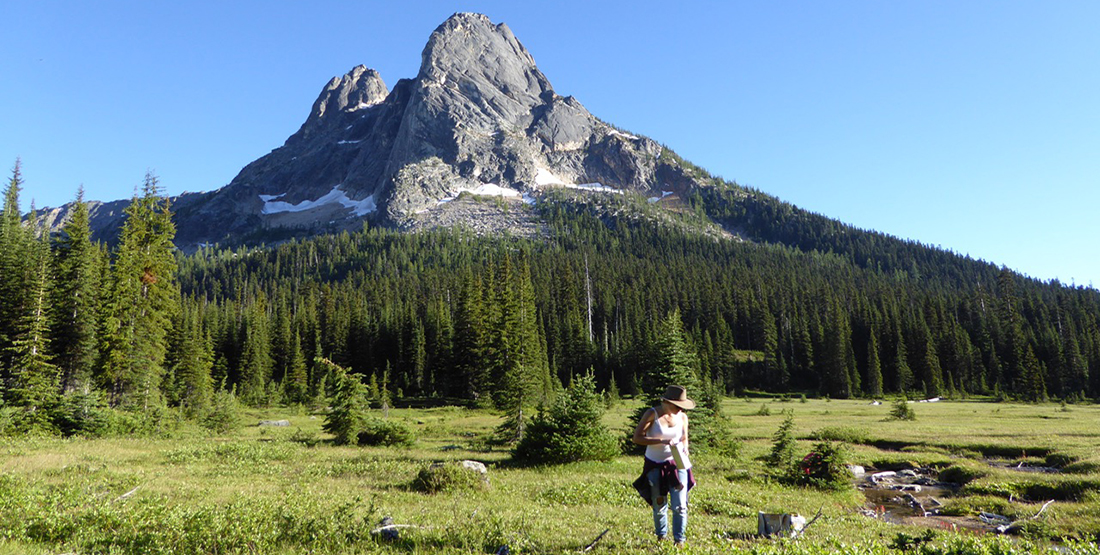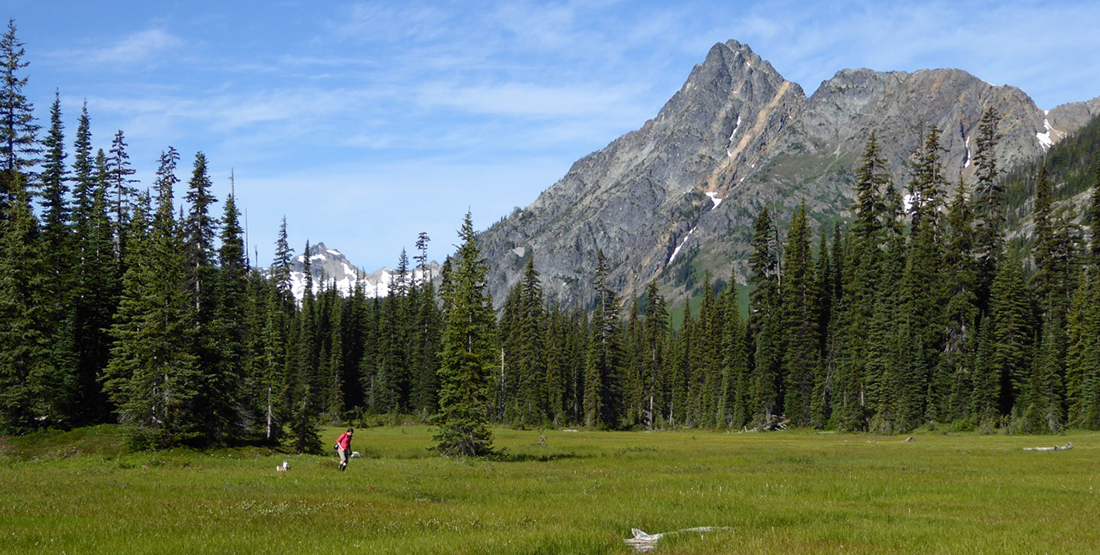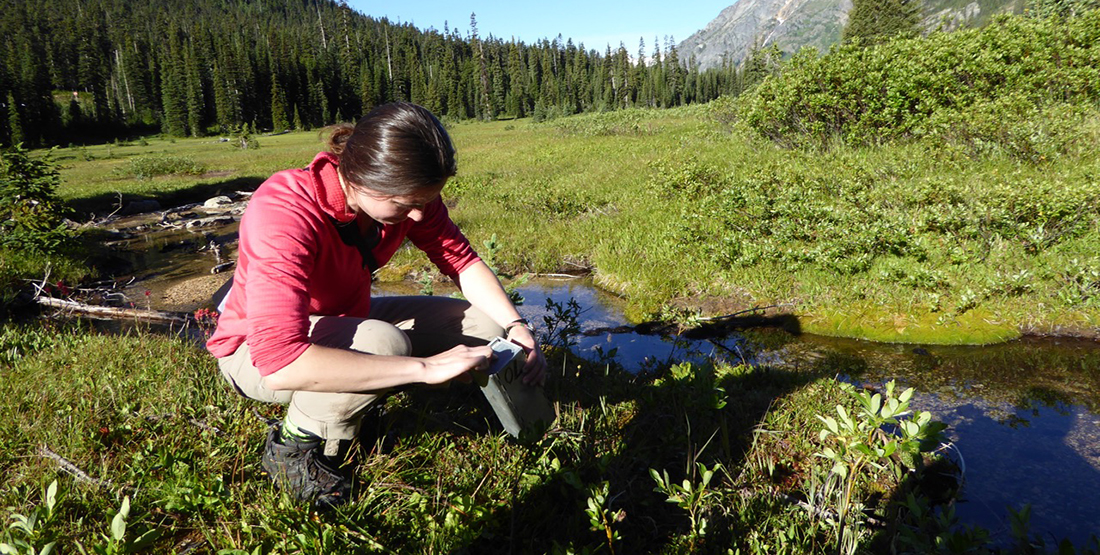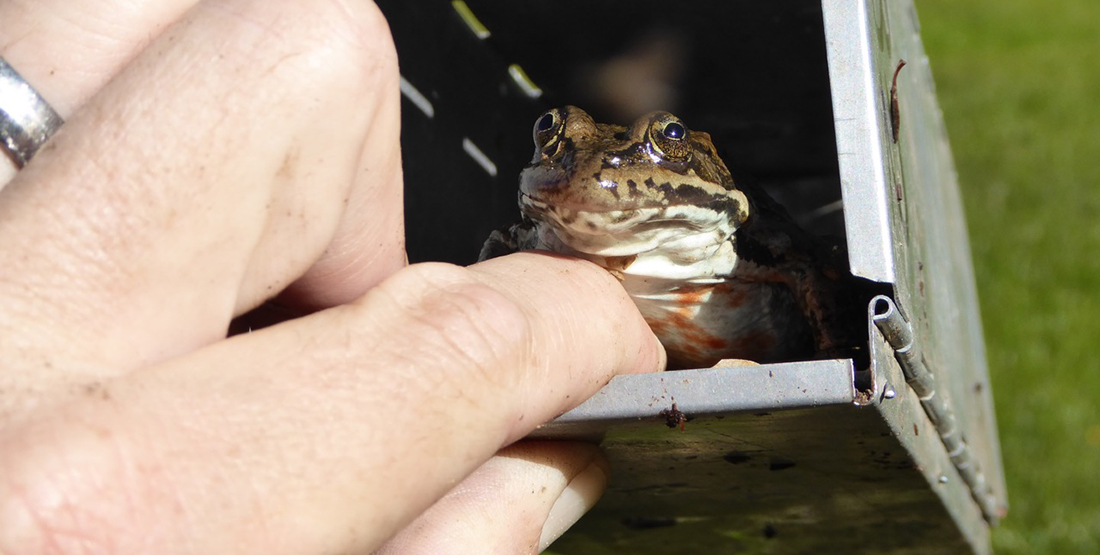The North Cascades is a mountain range that extends from British Columbia down through Washington state. The region is home to eight life zones that make up invaluable habitat for a large diversity of plants, mammals, birds, amphibians and reptiles.
We were hoping to collect a Northern Bog Lemming (Synaptomys borealis)—a small rodent in the family Cricetidae that feeds on grasses and sedges. This was the last native mammal of Washington for which the Burke had no specimens from the state. We expect that it will be one of the first species that Washington could lose as climate change influences mammal ranges and distributions. Climate models suggest that, as with other species in North America, the southern limit of their range is likely to shift northward over time, therefore it is important to archive at least one Washington specimen while they are still here.
It is important to note that the removal of one animal or even a handful of animals will not affect the persistence of a given population. We are not driving species to local extinction by collecting and archiving a few individuals.
Jeff loaded in camping gear, crates of traps, dry ice (for temporarily preserving specimens), bird feed (for bait) and other collecting materials. The three of us, Jeff, myself, and fellow graduate student Katie Stanchak, piled into the car to head out on our night of sampling.
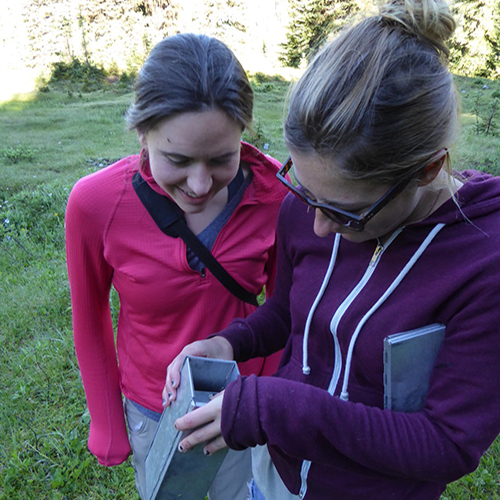
After we arrived we scouted the spots, set up camp and then traipsed out into the meadow to search for the perfect sites to set our Sherman traps (a small metal, box-style trap designed for capturing small mammals). Jeff showed us the signs of a promising trap location to look for: runway tracks and subtle depressions in the grass that look like animals have been running through. If we place a trap there hopefully we will catch something! Soon after, Katie and me started to get an eye for it. He also showed us how to bait, set and adjust the sensitivity of the traps, this was a great learning experience, as neither of us had done much mammal trapping.
After a couple of hours, we covered the large meadow (approximately 13 acres) with about 400 Sherman traps. It was tiring but exciting to anticipate what we might find the next morning! We then packed up our gear and headed back to camp.
We arose early the next day to check our traps, eager to see if the sheer number of traps and placement had been successful. Most traps were empty, but we ended up catching a few different mammal species: a few Deer Mice (Peromyscous maniculatus), a Yellow Pine Chipmunk (Tamias amoenus) and an individual that looked suspiciously like a bog lemming, but we couldn’t be sure until we got it back to the Burke Museum. We even caught some non-mammal friends, which were released immediately. After returning to the Museum, Jeff confirmed that we had, in fact, collected a bog lemming!
Overall, this was a successful trip! We caught a few species for the museum and it was a great learning experience for both Katie and I. Contributing to the Burke mammal collection and targeting local species is extremely important because species’ ranges and distributions shift and a record of where these animals occur will help us document how the ecological landscape is changing over time.
Leith Leiser-Miller is a University of Washington graduate student in her fourth year. Her primary research focus is studying the ecological morphology and sensory ecology of a group of Neotropical leaf-nosed bats (Family: Phyllostomidae). However, she is broadly interested in what mechanisms lead to new ecological opportunities for taxa across many vertebrate lineages. To learn more about her work, visit her blog at leithleiser.com.
